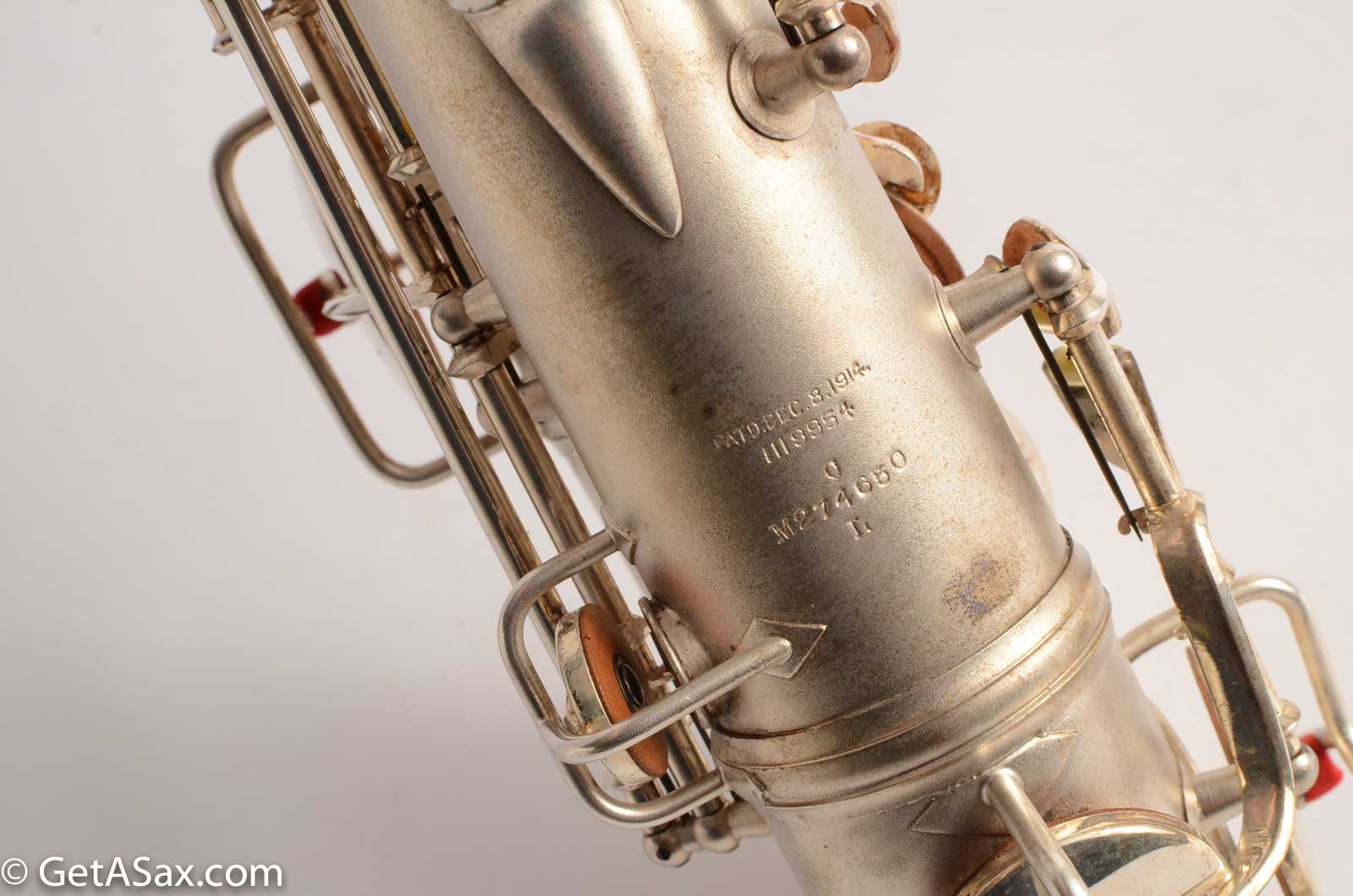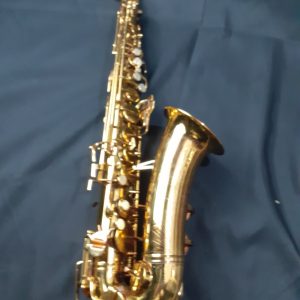
- Conn saxophone serial numbers n serial number#
- Conn saxophone serial numbers n full#
- Conn saxophone serial numbers n series#
This is why there are noticeable clusters of production for horns like the Buescher Tipped Bell soprano, the King Zephyr Special, the Conn 26M, the Selmer Dorsey Special… they are different enough from the other horns being produced at the same time at the same factory that we can begin to outline the batches.Ĭonn was one of the largest saxophone manufacturers of its day, and its production volume was quite high. Saxophones in most moderate to large factories were produced in batches- that is, a few dozen to a couple hundred at a time of a particular type. The Very First Transitionals- The New Model
Conn saxophone serial numbers n serial number#
The changeover occurs from New Wonder II style transitional to 6M transitional with the switching of the bell keys from a split bell key design (New Wonder II style) to left-hand bell keys (6M style), which happens around serial number 245,xxx in 1931.Īlthough the word “transitional” is a word that has been applied after the fact by saxophone enthusiasts, it may be more appropriate to refer to these saxophones as the “New Model”, because… To be clear, I will use the term “New Wonder II style transitional” to denote saxophones that share more in common with the New Wonder II, and “6M transitional” to denote saxophones that share more in common with the 6M.
Conn saxophone serial numbers n series#
To me, I think that since the term “transitional” is unofficial, it is easier and make more sense to apply it as it is defined- therefore to all saxophones from the end of the New Wonder Series II line that have any of the new features that eventually end up on the 6M. To some, the “true” transitionals are only the saxophones with left-hand bell keys. In my opinion, the saxophones designed at the Experimental Laboratory represent the first of the truly modern American Saxophones, and particularly on the 6M are home to some of the best stack keywork ever designed. Over the next few years, features would be introduced to Conn’s saxophone line that resulted by about 1934 in a saxophone that was light years ahead in craftsmanship, mechanical design, and intonation compared to the New Wonder Series II.

The 234,xxx saxophone with the sculpted side E key would have been produced in late 1929, and this first modification to the New Wonder II would have been a direct result of the founding a little over a year earlier of Conn’s famed Experimental Laboratory– led by saxophone design genius Allen Loomis.

All in all, by the end of the transition it was a completely different saxophone. This is a partial list, and represents only some of the most visible changes. – internal mechanism of tunable neck redesigned – chromatic F# touchpiece changes from teardrop to bar – left hand pinky table completely redesigned, low B and Bb both one-piece keys – bis and G moved to their own pivot screws, upper stack rod significantly shortened (saxophones are still designed this way today) – underslung octave key and redesigned octave mechanism Other features that changed (incomplete list): At about the same time, the forked Eb trill disappears, and by the 250,xxx serial number range the 6M design is fairly complete.

The last major feature to change over was the pinky table, which is a New Wonder II style (albeit with a smooth rather than crosshatched G#) until about 249,xxx. The bell keys switch from a split bell key design to left-hand design at about 245,xxx. The first “transitional” feature to appear on the altos is the sculpted/raised side E touchpiece, the earliest example of which I have seen was on a 234,xxx horn that was with that one design exception a run-of-the-mill New Wonder Series II. (Note: The name “6M” comes from Conn’s model number for altos at the time, and the 6M model number is seen in catalogs only until 1936, when Conn started stamping 6M on the body of the saxophone above the serial number.) In addition, there are some interesting neck variations that show up during the transitional period that last through the first few years of “regular” 6M production. For altos, the serial number range of the transitional horns is roughly 234,000 to 270,000- give or take a few- which means from roughly 1930 to 1935.

These transitional 6M saxophones can have a wide variety of features, in general evolving over time from configurations that are mostly identical to New Wonder Series II configurations to configurations that are almost identical to the eventual 6M model of 1936 that remained mostly unchanged until 1948, when the rolled toneholes were discontinued. during the period of evolution from the New Wonder Series II alto saxophone to the 6M “Artist” alto saxophone. The name 6M “Transitional” is a blanket term applied by saxophone collectors and players to the alto saxophones made by C.
Conn saxophone serial numbers n full#
You really should click this photo and check it out in full resolution, maybe even make it your wallpaper. Conn altos from New Wonder Series II to 6M.


 0 kommentar(er)
0 kommentar(er)
